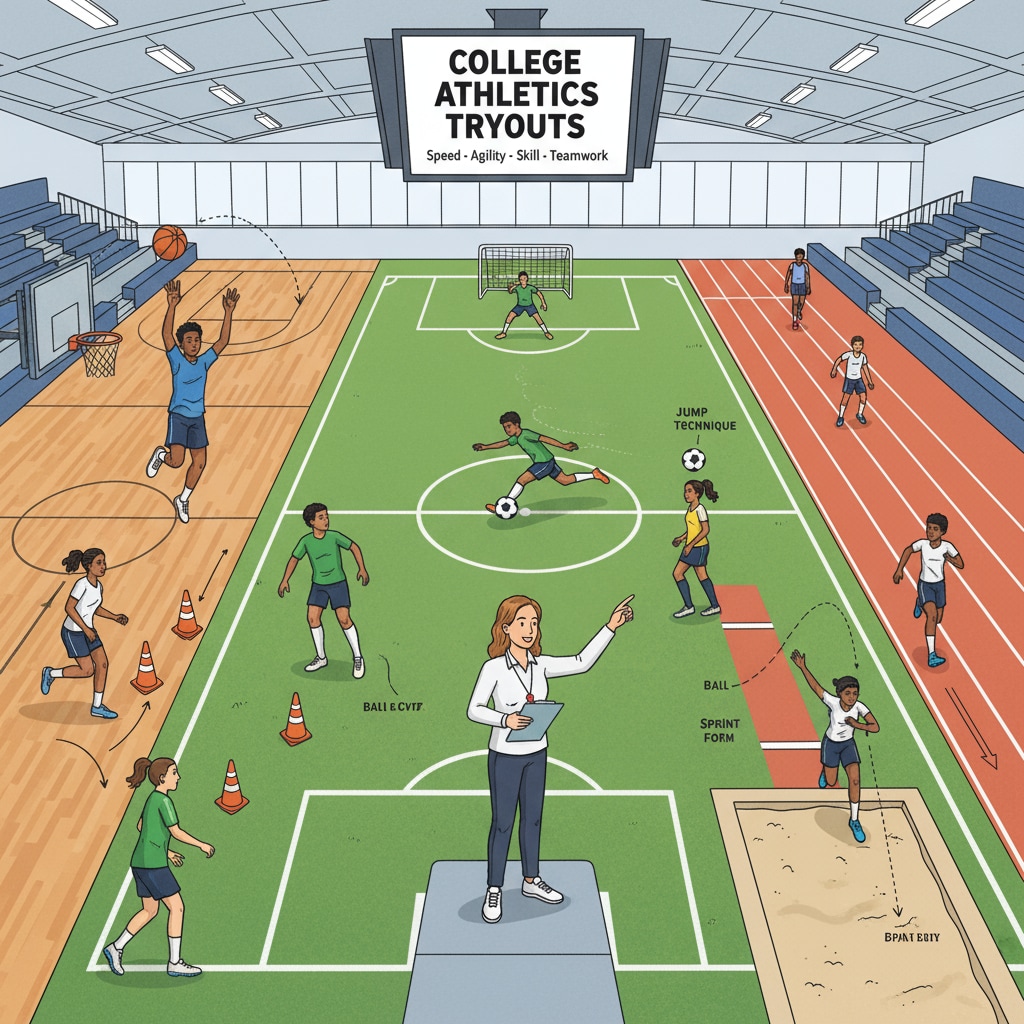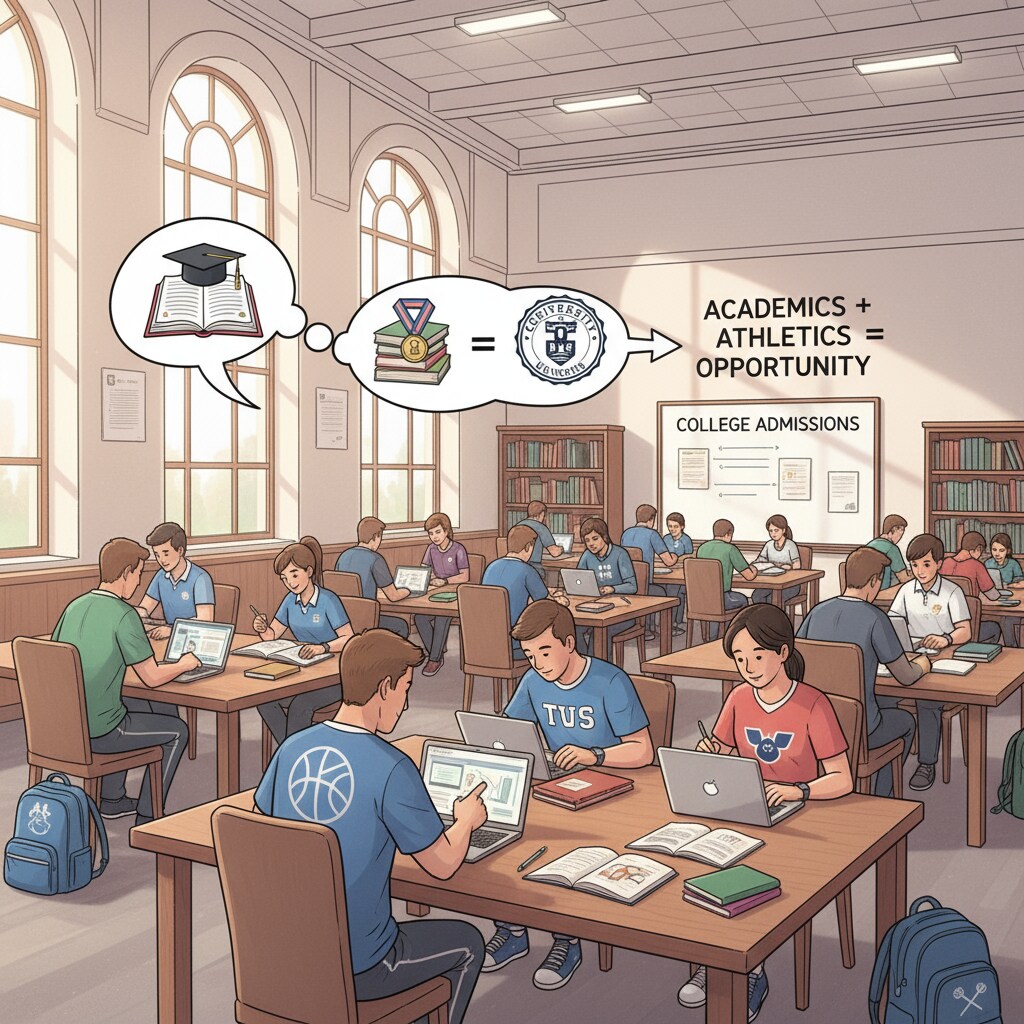College admissions for student-athletes, with their unique blend of sports talent evaluation and academic requirements, can be a complex journey. For those aspiring to enter US colleges leveraging their sports skills, understanding these policies is crucial. Let’s take a closer look at the system.
The Recruitment Process for Student-Athletes
The recruitment process for student-athletes in US colleges is a multifaceted one. Coaches play a vital role in identifying potential athletes. They scout high school games, tournaments, and even international events to find talented individuals. For example, a basketball coach might travel across the country to watch promising young players compete. Once identified, the coach will initiate contact with the student-athlete, often starting with a simple email or phone call. This initial outreach is followed by further communication about the college’s sports program, facilities, and academic offerings. NCAA’s official guide on how recruiting works

Academic Requirements: Debunking Myths
There are many misconceptions regarding academic requirements for student-athletes. Contrary to popular belief, there are no blanket academic waivers. The National Collegiate Athletics Association (NCAA) has strict academic standards. Student-athletes must meet a certain GPA (Grade Point Average) requirement. For Division I schools, the minimum GPA is often around 2.3 on a 4.0 scale. Additionally, they need to complete a specific set of core courses. These courses typically include English, math, science, and social studies. This ensures that student-athletes are well-rounded and academically prepared. More about the NCAA on Britannica

In addition to GPA and core courses, standardized test scores also play a role. While the weight given to these scores may vary from school to school, a decent SAT or ACT score is generally expected. This helps colleges assess the student’s academic capabilities. However, it’s important to note that the emphasis on sports talent doesn’t mean academic requirements are overlooked. Colleges strive to find a balance between athletic prowess and academic potential.
Readability guidance: As we’ve seen, the recruitment process and academic requirements for student-athletes are distinct aspects of US college admissions. Each element, from the coach’s initial contact to the academic benchmarks, contributes to a comprehensive evaluation. By understanding these aspects, student-athletes can better navigate their path to college.


